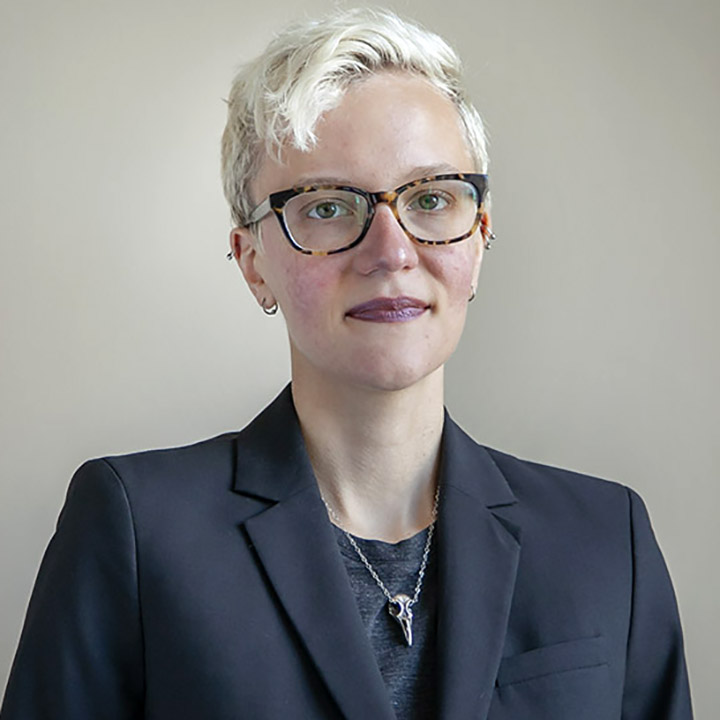July 20, 2020
Surviving the Smog Days of Summer: ELPC Fights for Clean Air
While many of Chicago’s usual summer activities have been canceled this year, one has not: the fight against ozone pollution. Also known as smog, ozone is dangerous to people of all ages, especially in the summer months.
Victories in Ozone Designation Lawsuit
On July 10, 2020, the D.C. Circuit issued its opinion in ELPC and Respiratory Health Association’s lawsuit, which challenged EPA’s decision that certain counties did not contribute to the Chicago area’s high ozone levels that violate EPA’s ozone standard. Because EPA thought these counties did not contribute to the pollution problem, it gave them a “designation” of “attainment” with the standard, rather than “nonattainment,” which would have required them to reduce emissions. The court ordered EPA to re-do sixteen of the seventeen designations that were challenged in a group of consolidated cases which included ELPC’s suit, a City of Chicago and State of Illinois suit also challenging the Chicago-area designations, and suits challenging designations in other parts of the country. For only one designation did EPA fulfill its requirement to show a “rational connection between the facts found and the choice made.” For all the others, EPA either declined to defend its designations, or provided arguments in support of the designation that the court found unconvincing.
EPA must now re-do the designation process “as expeditiously as practicable.” This outcome was a victory for the governments, environmental groups, and public health groups that asked the court to hold EPA to its duty to thoroughly support designations with scientific data. In redoing the designations, EPA could change its mind and designate these counties as nonattainment, or it could attempt to provide a better justification for the attainment designations. ELPC will monitor EPA’s re-designation process to make sure the agency issues new designations that accurately reflect science and emissions data.
EPA Proposes Retaining Current Ozone Standard
The Clean Air Act requires EPA to review the ozone standard approximately every five years to determine, based on the most up-to-date science, whether the standard is still “requisite to protect the public health” with “an adequate margin of safety,” and “requisite to protect the public welfare” from pollution’s environmental effects. The most recent ozone standard—the one ELPC’s lawsuit was about—was set in 2015. On July 13, 2020, EPA released the proposed finding from its review of whether that 2015 standard is still adequately protective. EPA is proposing to keep the same 70 ppb (parts per billion) standard that was set in 2015. EPA’s proposal is troubling for two reasons. First, the science shows that this standard is not protective enough. Second, the process that led to this proposal was flawed.
EPA is supposed to set ozone standards that “accurately reflect the latest scientific knowledge.” Given the growing body of evidence that 70 ppb is not adequately protective, EPA should not maintain the current standard.
EPA is supposed to set ozone standards that “accurately reflect the latest scientific knowledge.” Given the growing body of evidence that 70 ppb is not adequately protective, EPA should not maintain the current standard. During the review that led to the 2015 standard, the Clean Air Scientific Advisory Committee (CASAC), a panel of appointed advisors who provide recommendations during EPA’s review, thought that a standard of 70 ppb “provides little margin of safety” and recommended setting the standard as low as 60 ppb. During this year’s review, the current CASAC, with members appointed by the Trump Administration’s EPA, disagreed about whether the current standard is strong enough, with at least one member saying it doesn’t provide a margin of safety to protect children with asthma.
The 2020 review process fell short of the robust review process that was used to set the 2015 standard. The timeline for the review was incredibly compressed compared to the prior review, and this accelerated timeline led to several shortcuts in process. For example, EPA developed its “Policy Assessment” for the review simultaneously with its “Integrated Science Assessment,” even though the conclusions from the review of the science are supposed to inform the policy. In the 2015 review, EPA allowed CASAC to consult with an outside panel of experts on ozone. In this round of review, the panel reconvened only after CASAC asked, but EPA limited the interaction to a stilted series of written questions and responses, rather than an interactive discussion.
High Ozone Levels in Chicago in Summer 2020
By early July, Chicago had already seen more days in 2020 with ozone readings above the EPA’s ozone standard than it had in all of 2019. In late June to early July, Chicago recorded its longest back-to-back string of poor air quality days in more than a decade, and on several days this summer, the Chicago area has had the highest ozone levels in the country. The number of high ozone days fluctuates from year to year because ozone levels are not just determined by the amount of emissions of volatile organic compounds and nitrogen oxides—the chemicals that react to form ozone—but also by the amount of heat and sunlight, which cause the chemical reaction. As climate change increases the number of very hot days Chicago experiences each summer, the number of high ozone days will likely increase.
The Chicago area is nonattainment for the 2015 ozone standard of 70 ppb, and is still nonattainment for the 2008 standard of 75 ppb, having missed several deadlines for cleaning up its air. High ozone levels continue to harm even healthy individuals but are particularly troublesome for the most vulnerable, such as people with asthma, and children whose lungs are still forming.
Ozone pollution in Chicago is a public health crisis, and ELPC will watch EPA’s re-designation process, push for a stricter 2020 ozone standard, and continue the fight to clean up Chicago’s air.


